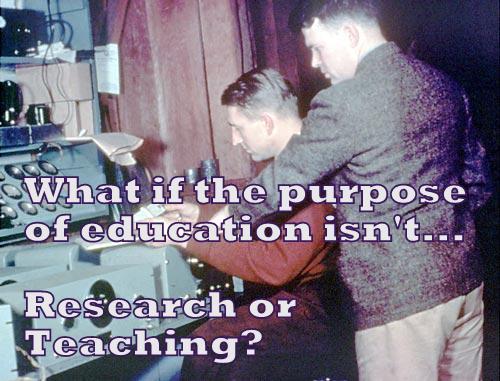When I’m in Palo Alto, I might stroll by to admire the leafy magnolia tree at 367 Addison
When I’m in Palo Alto, I might stroll by to admire the leafy magnolia tree at 367 Addison Street and take a deep breath of history. Tucked into a cedar-shingled garage there young tinkerers Dave and Bill hand made their oscillators in 1938. “Dave Packard had gone to Schenectady to work at General Electric. He was told that there was no future in electronics at General Electric and that he should instead concentrate on generators, motors and other heavier equipment,” says the historical plaque marking “The Birthplace of Silicon Valley” as well as the Hewlett-Packard company. It’s somehow passed my notice other times, yet the garage plaque gives praise to a mentor and professor for encouraging Bill and Dave to go right ahead and make their art. Through my work behind the scenes with the Zed Omegas, I’ve become attuned to paying attention to larger community influences including mentors and educators such as Dr. Terman. In the past, my focus would have been on the explorer/inventor/student alone. This time I looked Terman up: “When we set out to create a community of technical scholars in Silicon Valley, there wasn’t much here and the rest of the world looked awfully big. Now a lot of the rest of the world is here,” Frederick Terman reflected. An interviewer asks, Do you want Stanford University to be a teaching institution or a research institution? He replies: “A learning institution - Zephyr p.s. Keep an eye out on the #mentor tag for when my new Tumblr blog is ready. Photo: Associated Press, 1939, David Packard, left, and Bill Hewlett, right, developing the audio oscillator. -- source link
Tumblr Blog : edzedomega.org
#creativity#future career#learning#mentor#education#education reform#counseling
